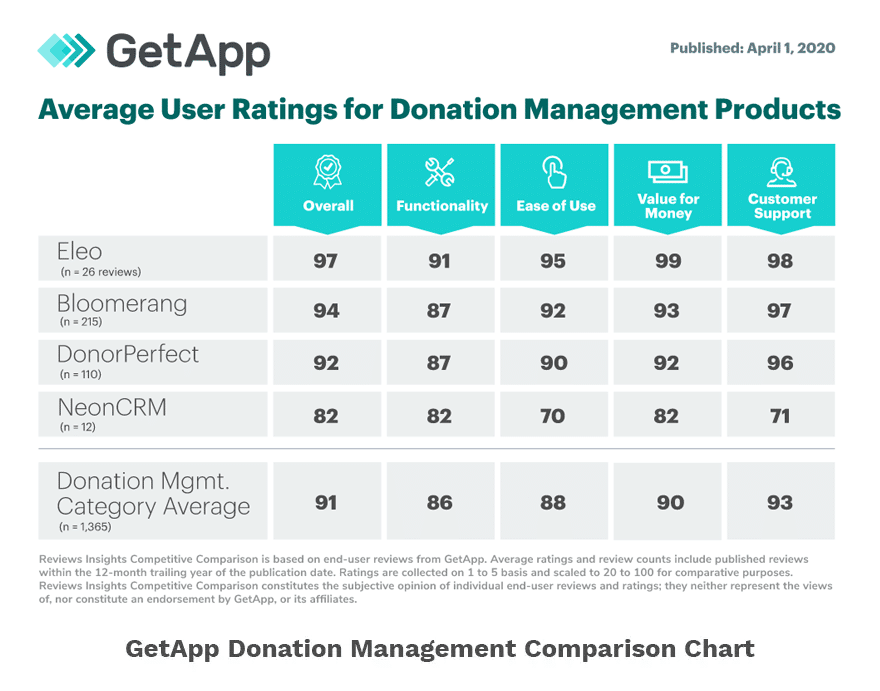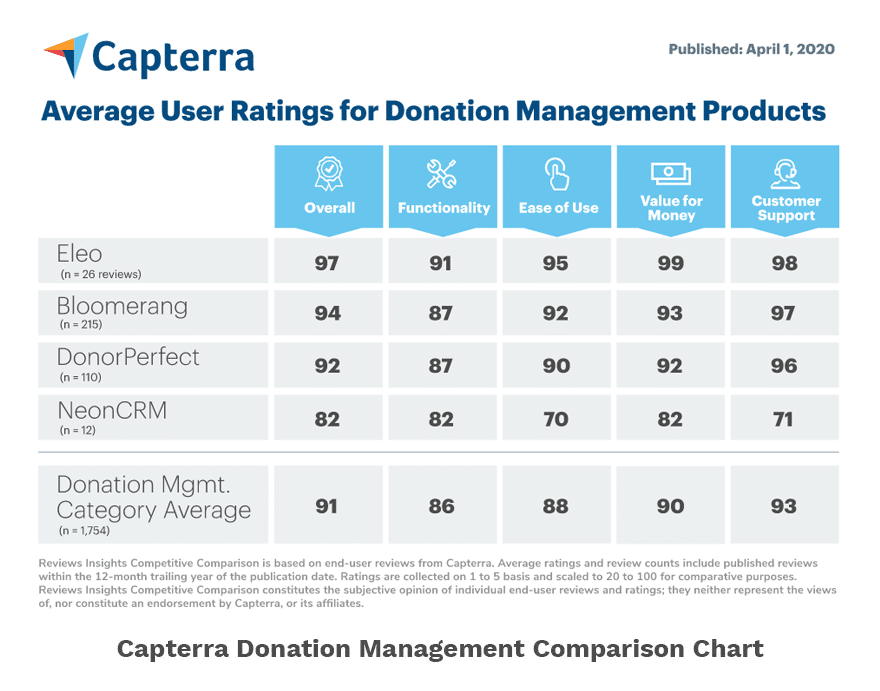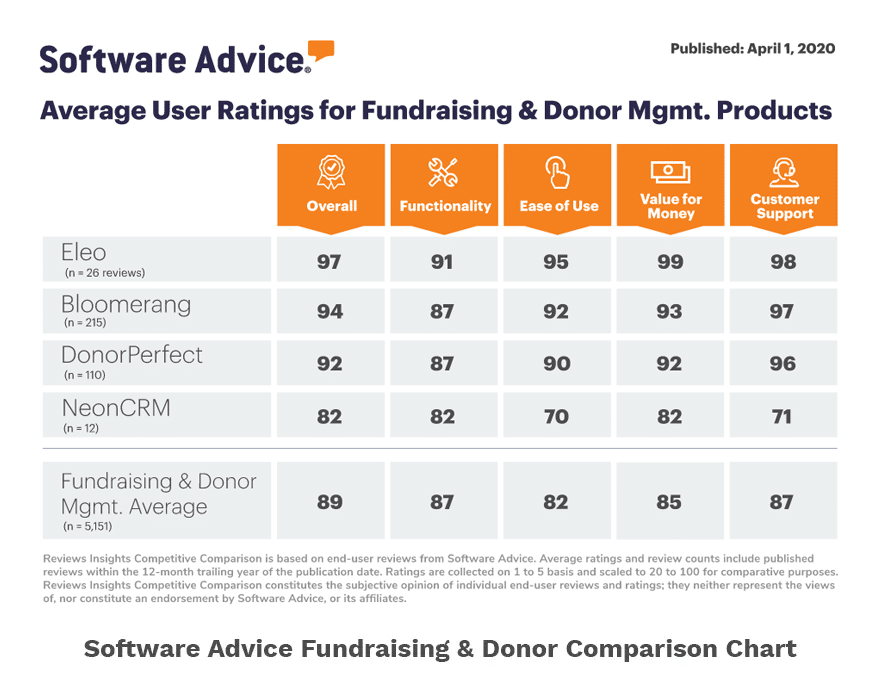
Web forms can serve many important functions for small nonprofits, including fundraising, event registration, volunteer recruitment, newsletter sign-ups, donor surveys, and sponsorships. Web forms can be integrated with your donor database so you can manage and monitor these activities to achieve the best results.
Basically, web forms allow technology to do the work that used to require paper forms, clipboards, and pens! But what are the different types of web forms? What are the advantages of each? Let’s take a closer look!
What is an embedded web form?
An embedded web form uses form code from a third-party platform to add or “embed” the form on a page of your website. An embedded web form is commonly used by small nonprofits as a donation form. For example, someone clicks the “donate” button and goes right to the page where your donation form lives.
Of course, you’ll need a website to use an embedded web form, and you’ll want to make sure someone who has basic HTML coding experience applies the code correctly to your website.
What are the benefits of an embedded web form for small nonprofits?
Embedded web forms make it easy for someone to donate in fewer steps. They don’t have to go to another page or leave your website. All types of gifts, ways to give, and supporting information can be neatly displayed so the user understands their options and what to do next.
Once they donate, they can explore other areas of their website to reinforce their decision to give or simply find more information about your organization. More time spent on your website contributes to a better search ranking!
Embedded webforms seamlessly integrate with the look and feel of your website, just like any other design element. It’s a natural part of the user experience, which can improve user engagement and, in the case of fundraising, increase the likelihood of a gift!
What is a standalone web form?
As the name suggests, a standalone web form is an independent webpage that exists outside of your website. You can apply your branding, colors, fonts, and other design elements to a standalone web form, but it remains separate from your nonprofit website.
No coding is required! Although we highly recommend a website for every nonprofit, you don’t need one to use a standalone web form.
What are the benefits of a standalone web form for small nonprofits?
The purpose of a standalone web form is typically to guide the user to a specific action, like registering for an event or donating to a fundraising campaign. There is no navigation on a standalone web form, which allows the user to focus on the form without the urge to visit other pages.
Because a standalone web form does not function as part of your website, you have design and customization flexibility that you probably don’t have with your nonprofit website. This allows you to test different designs, messaging, and page structure and optimize your approach to increase conversions! New standalone web forms with different variations can be created and deployed quickly because they don’t have to be integrated with your website.
Next Steps
The decision to use an embedded web form or a standalone web form should be based on your goals, how much customization and optimization you feel is necessary to achieve your goals, and your level of comfort and expertise with the underlying technology.
Also, these two types of forms are not mutually exclusive. You may decide to use an embedded web form for fundraising and a standalone web form for event registration!
Eleo supports both embedded web forms and standalone web forms that can be integrated with payment processors, email marketing platforms, and other professional tools. Learn more about using forms to support the management and growth of your small nonprofit, and contact us for a demo!





